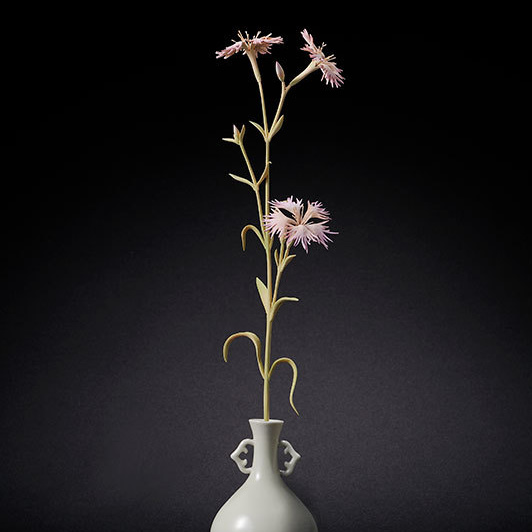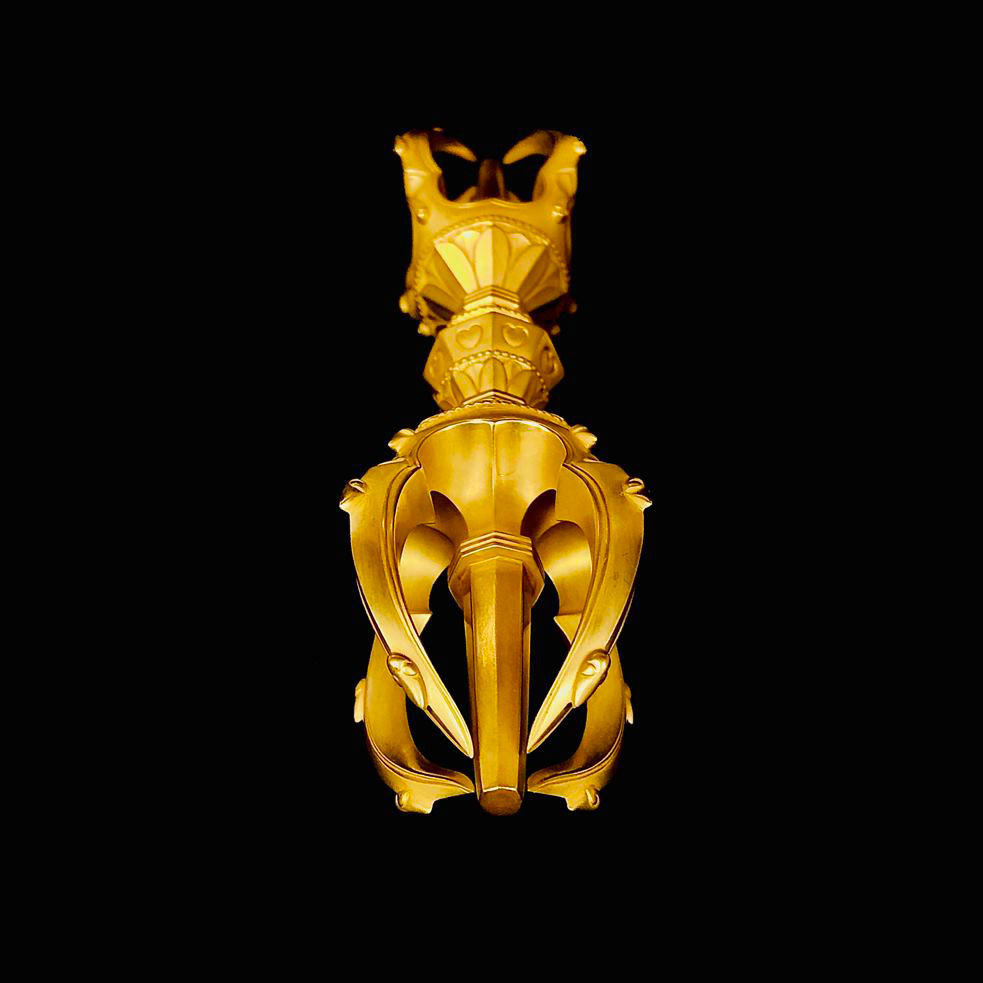
We create new tradition out of heritage

The history of Kyo-butsugu dates back to the Heian Period. Kyoto has been home to the head temples of numerous Buddhist sects since that time, and has also been a hub for traditional arts and crafts; aided by this unique set of conditions, these arts have been preserved to the present time. Kyo-butsugu arts are created through a combination of many different processes, such as woodworking, sculpture, metalworking, lacquering, and more.
We create new tradition out of heritage

The history of Kyo-butsugu dates back to the Heian Period. Kyoto has been home to the head temples of numerous Buddhist sects since that time, and has also been a hub for traditional arts and crafts; aided by this unique set of conditions, these arts have been preserved to the present time. Kyo-butsugu arts are created through a combination of many different processes, such as woodworking, sculpture, metalworking, lacquering, and more.

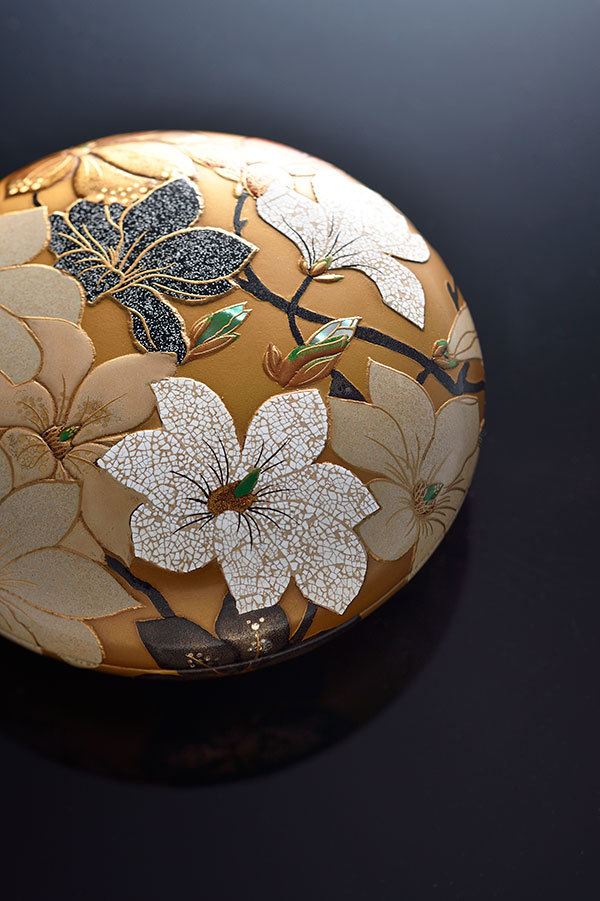
The artisans involved in these processes possess the highest level of skill as the holders of time-tested tradition. The result is superior quality and aesthetics. Many of these items remaining in existence today have been named National Treasures, Important Cultural Assets, and so on. However, as the Japanese economy grew and the demand for Buddhist ritual objects increased, inexpensive imitations began to flood the market from other production centers in Japan, or even from overseas. This trend tended to obscure the superiority of authentic Kyoto-made Buddhist objects.
In response to this perceived crisis, the Kyo-butsugu Yoninkai (literally meaning “the consortium of four”) was established in 1980 by four wholesalers dealing in traditional Kyo-butsugu Buddhist objects, in order to bring them to the entire country. The organization’s first exhibition was held in1982, and annually through 2017 to showcase these striking items. The Kyo-butsugu Yoninkai continues to create authentic Buddhist ritual objects, perpetuating the long-standing tradition of Kyo-butsugu.
The artisans involved in these processes possess the highest level of skill as the holders of time-tested tradition. The result is superior quality and aesthetics. Many of these items remaining in existence today have been named National Treasures, Important Cultural Assets, and so on. However, as the Japanese economy grew and the demand for Buddhist ritual objects increased, inexpensive imitations began to flood the market from other production centers in Japan, or even from overseas. This trend tended to obscure the superiority of authentic Kyoto-made Buddhist objects.

In response to this perceived crisis, the Kyo-butsugu Yoninkai (literally meaning “the consortium of four”) was established in 1980 by four wholesalers dealing in traditional Kyo-butsugu Buddhist objects, in order to bring them to the entire country. The organization’s first exhibition was held in1982, and annually through 2017 to showcase these striking items. The Kyo-butsugu Yoninkai continues to create authentic Buddhist ritual objects, perpetuating the long-standing tradition of Kyo-butsugu.

Members

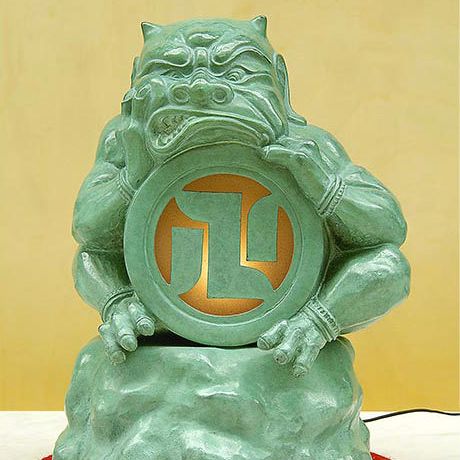
Sakushima

- 472 Masuya-cho, Shimogyo-ku, Kyoto 600-8046, Japan
- T: +81-75-341-3241
- F: +81-75-343-0428
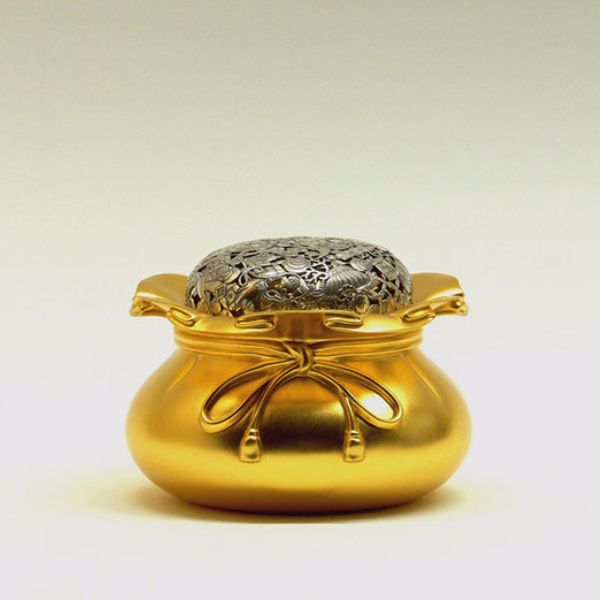
Sekizaki

- 545-4 Nagakura-cho, Shimogyo-ku, Kyoto 600-8452, Japan
- T: +8175-351-3229
- F: +81-75-351-3290
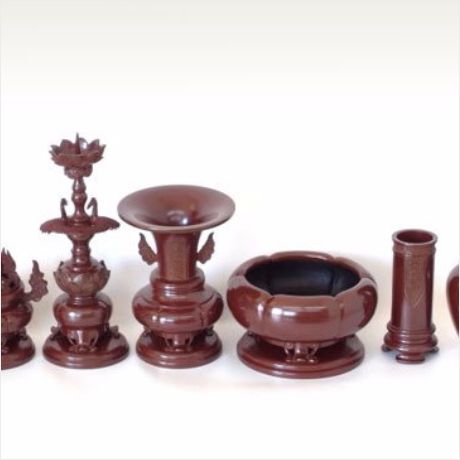
Hashimoro Kiku

- 388 Kami-ninomiyacho, Shimogyo-ku, Kyoto 600-8131, Japan
- T: +81-75-371-6609
- F: +81-75-371-7978



